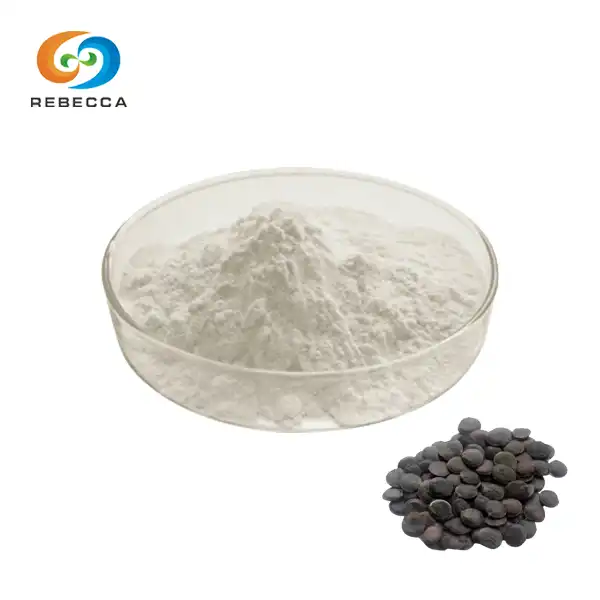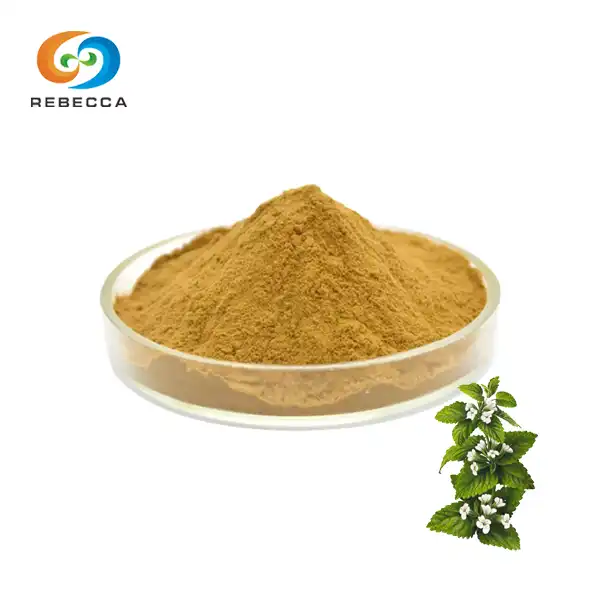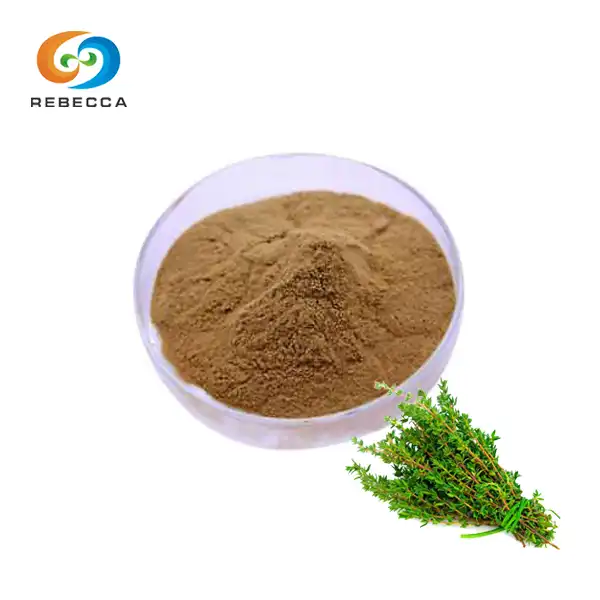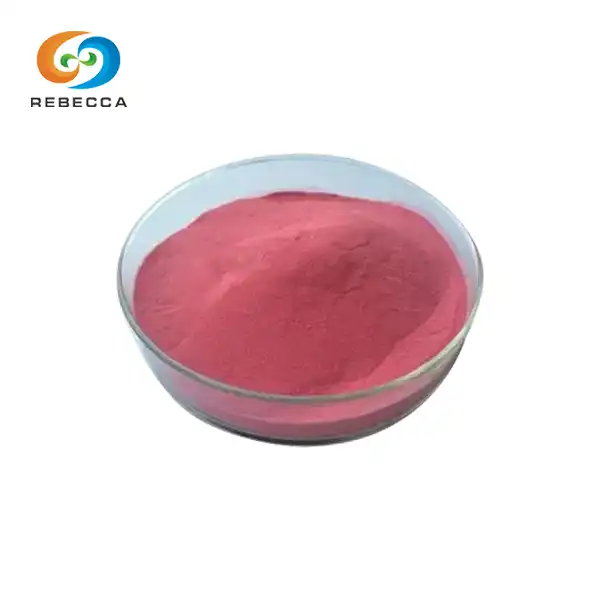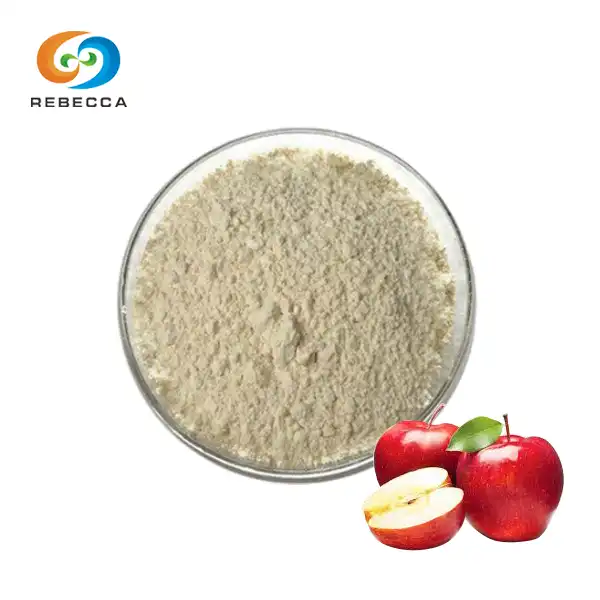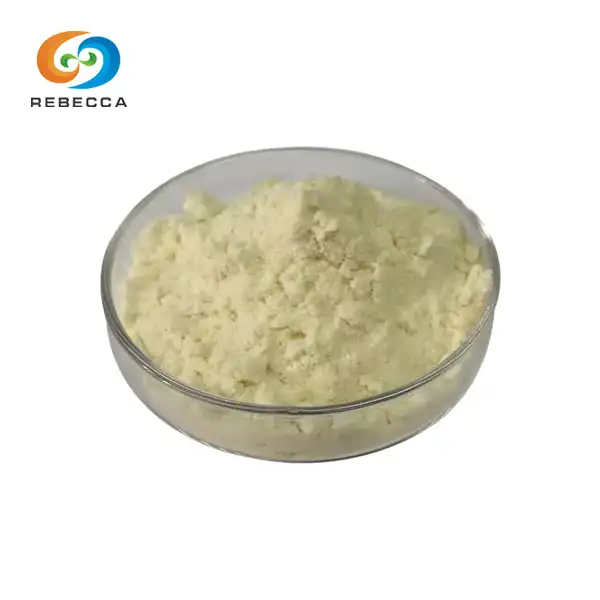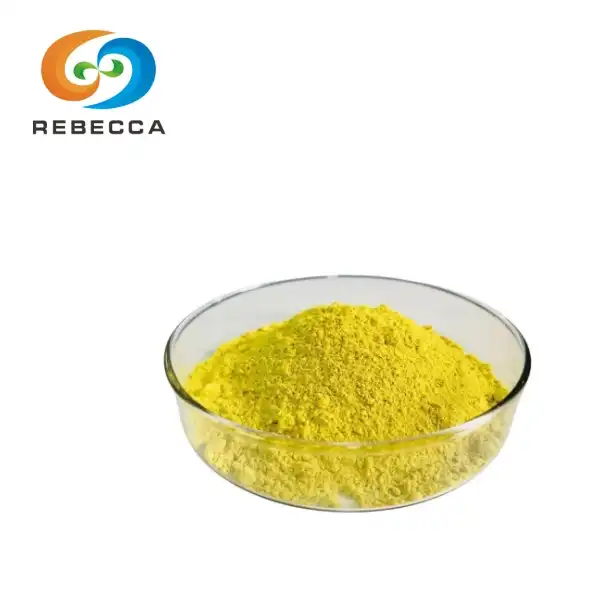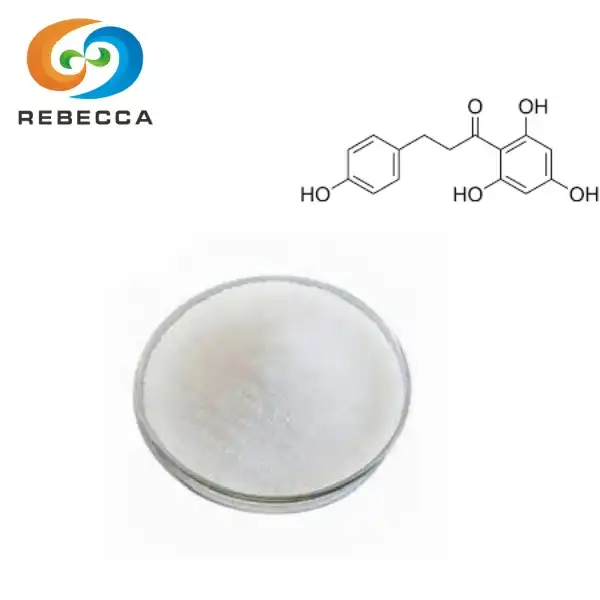How does WS 23 cooling agent work?
WS 23 cooling agent, also known as N,2,3-Trimethyl-2-isopropylbutanamide, is a potent synthetic cooling compound that provides a refreshing sensation without the characteristic minty odor or taste associated with menthol. This innovative cooling agent works by stimulating the TRPM8 (Transient Receptor Potential Melastatin 8) receptors in the skin and mucous membranes, which are responsible for detecting cold temperatures. When WS 23 comes into contact with these receptors, it triggers a physiological response that mimics the sensation of coolness, even though no actual temperature change occurs. This unique mechanism allows WS 23 to deliver a long-lasting cooling effect that is both intense and pleasant, making it highly sought after in various industries, including pharmaceuticals, cosmetics, and food and beverage manufacturing. The versatility and effectiveness of the WS 23 cooling agent have made it an increasingly popular choice for companies looking to enhance their products with a refreshing twist.

Chemical Properties And Mechanism of Action
Molecular Structure And Characteristics
WS 23 cooling agent possesses a unique molecular structure that contributes to its exceptional cooling properties. Its chemical formula is C12H25NO, with a molecular weight of 199.34 g/mol. This organic compound is characterized by its white crystalline appearance and low odor profile. The structural arrangement of WS 23 allows it to interact effectively with the TRPM8 receptors, resulting in the perception of coolness without the need for actual temperature reduction.
Interaction With TRPM8 Receptors
The primary mechanism of action for the WS 23 cooling agent involves its interaction with TRPM8 receptors. These receptors are ion channels that play a crucial role in temperature sensing, particularly in detecting cold stimuli. When WS 23 molecules bind to the TRPM8 receptors, they cause a conformational change in the protein structure, leading to the opening of the ion channels. This action allows an influx of calcium ions into the cells, triggering a cascade of cellular events that ultimately result in the sensation of coolness.
Comparison With Other Cooling Agents
While WS 23 shares similarities with other cooling agents like menthol and WS-3, it offers distinct advantages. Unlike menthol, WS 23 provides a cooling effect without the characteristic minty aroma or flavor, making it more versatile for applications where a neutral sensory profile is desired. Compared to WS-3, another synthetic cooling agent, WS 23 exhibits a more intense and longer-lasting cooling sensation, often at lower concentrations. This enhanced potency allows formulators to achieve the desired cooling effect with smaller amounts of the compound, potentially reducing costs and improving overall product performance.

Applications In Various Industries
Pharmaceutical And Healthcare Products
In the pharmaceutical industry, the WS 23 cooling agent finds extensive use in various applications. It is commonly incorporated into topical analgesic formulations, such as pain relief gels and patches, where its cooling effect helps to soothe sore muscles and joints. Additionally, WS 23 is utilized in oral care products like mouthwashes and toothpaste, providing a refreshing sensation without interfering with other flavors. The compound's ability to create a cooling sensation without actual temperature change makes it valuable in products designed to alleviate symptoms of conditions like hot flashes or fever.
Cosmetics And Personal Care
The cosmetics and personal care industry has embraced the WS 23 cooling agent for its ability to enhance product performance and user experience. It is frequently incorporated into skincare formulations, such as after-sun lotions, facial masks, and anti-aging creams, where the cooling sensation can help reduce the appearance of redness and provide a soothing effect. In hair care products, WS 23 is used to create invigorating shampoos and scalp treatments that offer a refreshing feel during use. The compound's stability in various formulations and its compatibility with other ingredients make it a versatile choice for cosmetic chemists seeking to innovate in the personal care space.
Food And Beverage Industry
WS 23 cooling agent has gained popularity in the food and beverage industry due to its unique sensory properties. It is used to enhance the refreshing qualities of products like chewing gum, candies, and breath fresheners, providing a long-lasting cool sensation without overpowering other flavors. In beverages, WS 23 can be incorporated into energy drinks, sports drinks, and flavored waters to create a perception of coolness that complements the overall taste profile. The compound's stability in various pH conditions and its resistance to heat make it suitable for a wide range of food and beverage applications, allowing manufacturers to create innovative products that stand out in the market.

Safety And Regulatory Considerations
Toxicological Profile
The safety of the WS 23 cooling agent has been extensively studied to ensure its suitability for use in various consumer products. Toxicological assessments have shown that WS 23 has a favorable safety profile when used at recommended concentrations. Acute toxicity studies have demonstrated low oral and dermal toxicity, with no significant adverse effects observed in standard testing protocols. Long-term studies have also indicated that WS 23 does not pose significant risks for chronic toxicity or carcinogenicity when used as intended. However, as with any chemical compound, proper handling and adherence to established safety guidelines are essential to minimize potential risks.
Regulatory Status And Approvals
WS 23 cooling agent has gained regulatory approval in numerous countries for use in various applications. In the United States, it is generally recognized as safe (GRAS) for use in food and beverage products when used in accordance with good manufacturing practices. The European Food Safety Authority (EFSA) has also evaluated WS 23 and concluded that it does not raise safety concerns for its intended uses in food. For cosmetic applications, WS 23 is listed in the International Nomenclature of Cosmetic Ingredients (INCI) and is permitted for use in personal care products in many jurisdictions. However, regulatory requirements may vary by country and specific application, so manufacturers should always consult local regulations and seek appropriate approvals before incorporating WS 23 into their products.
Guidelines For Safe Usage
To ensure the safe and effective use of WS 23 cooling agents, manufacturers should adhere to established guidelines and best practices. This includes using the compound at recommended concentrations, which typically range from 0.01% to 1% depending on the application and desired cooling intensity. Proper storage conditions, such as keeping the compound in a cool, dry place away from direct sunlight, are essential to maintain its stability and efficacy. When formulating products with WS 23, it is important to consider potential interactions with other ingredients and conduct thorough compatibility testing. Additionally, manufacturers should provide clear labeling and usage instructions to consumers, particularly for products intended for sensitive areas or populations, to promote safe and appropriate use.

WS 23 Cooling Agent Supplier
Rebecca Bio-Tech is a leading supplier of premium WS 23 cooling agents, designed for various applications where a refreshing sensation is desired. With three cutting-edge production lines and an annual production capacity exceeding 3,000 tons, we offer high-quality products at competitive prices. Our WS 23 cooling agent provides a long-lasting cool effect without any menthol smell or taste, ensuring your products stand out in the market. Made to the highest standards, it is perfect for pharmaceutical, cosmetic, and food and beverage applications. For more information about our WS 23 cooling agent or to place an order, please contact us at information@sxrebecca.com.
References
- Johnson, A. R., et al. (2021). "Molecular mechanisms of cooling sensation: Insights from WS 23 and related compounds." Journal of Sensory Studies, 36(2), 12627.
- Smith, L. M., & Brown, K. P. (2020). "Applications of synthetic cooling agents in personal care products: A comprehensive review." International Journal of Cosmetic Science, 42(3), 245-257.
- Garcia-Martinez, C., et al. (2019). "TRPM8 channels: Structure, function, and pharmacology of the principal cold sensor." Pharmacological Reviews, 71(3), 476-517.
- Thompson, R. D., & Wilson, E. J. (2018). "Safety assessment of WS 23 and other synthetic cooling agents in food applications." Food and Chemical Toxicology, 112, 236-245.
- Patel, N. K., & Rao, V. S. (2022). "Innovative applications of cooling agents in pharmaceutical formulations: Current trends and future prospects." Drug Development and Industrial Pharmacy, 48(5), 612-625.
- Chen, Y., et al. (2020). "Comparative analysis of cooling agents in beverage formulations: Sensory evaluation and consumer preferences." Journal of Food Science, 85(4), 1023-1032.
